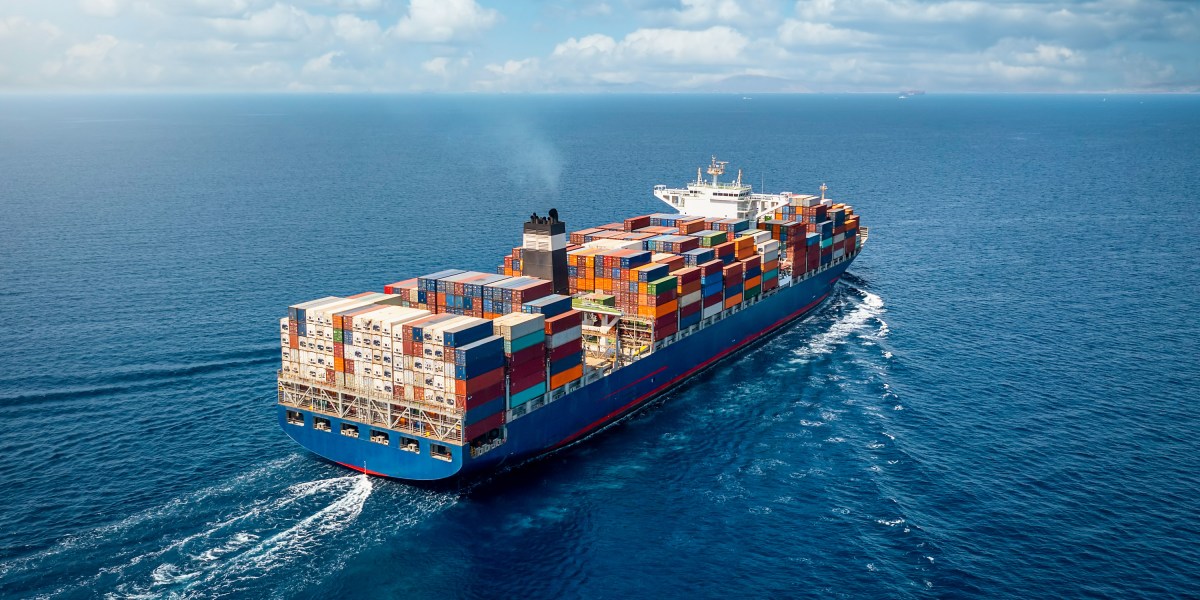The inadvertent geoengineering experiment that the world is now shutting off

Because of the cutoff date, the study did not capture a more recent contributor to these trends. Starting in 2020, under new regulations from the International Maritime Organization, commercial shipping vessels have also had to steeply reduce the sulfur content in fuels. Studies have already detected a decrease in the formation of “ship tracks,” or the lines of clouds that often form above busy shipping routes.
Again, this is a good thing in the most important way: maritime pollution alone is responsible for tens of thousands of early deaths every year. But even so, I have seen and heard of suggestions that perhaps we should slow down or alter the implementation of some of these pollution policies, given the declining cooling effect.
A 2013 study explored one way to potentially balance the harms and benefits. The researchers simulated a scenario in which the maritime industry would be required to use very low-sulfur fuels around coastlines, where the pollution has the biggest effect on mortality and health. But then the vessels would double the fuel’s sulfur content when crossing the open ocean.
In that hypothetical world, the cooling effect was a bit stronger and premature deaths declined by 69% with respect to figures at the time, delivering a considerable public health improvement. But notably, under a scenario in which low-sulfur fuels were required across the board, mortality declined by 96%, a difference of more than 13,000 preventable deaths every year.
Now that the rules are in place and the industry is running on low-sulfur fuels, intentionally reintroducing pollution over the oceans would be a far more controversial matter.
While society basically accepted for well over a century that ships were inadvertently emitting sulfur dioxide into the air, flipping those emissions back on for the purpose of easing global warming would amount to a form of solar geoengineering, a deliberate effort to tweak the climate system.
Many think such planetary interventions are far too powerful and unpredictable for us to muck around with. And to be sure, this particular approach would be one of the more ineffective, dangerous, and expensive ways to carry out solar geoengineering, if the world ever decided it should be done at all. The far more commonly studied concept is emitting sulfur dioxide high in the stratosphere, where it would persist for longer and, as a bonus, not be inhaled by humans.
On an episode of the Energy vs. Climate podcast last fall, David Keith, a professor at the University of Chicago who has closely studied the topic, said that it may be possible to slowly implement solar geoengineering in the stratosphere as a means of balancing out the reduced cooling occurring from sulfur dioxide emissions in the troposphere.


